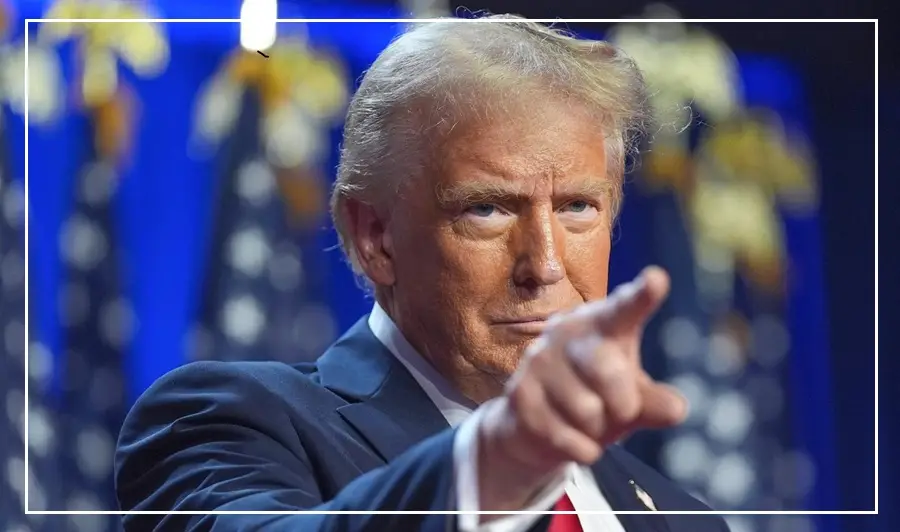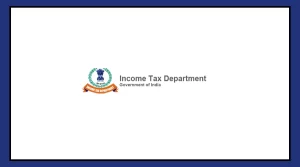Starting August 1, 2025, the United States will impose a 10% reciprocal tariff on imports from nearly 100 countries. Officials see this move as a major shift in global trade policy.
US Treasury Secretary Scott Bessant confirmed the decision and said these base-level tariffs will be applied broadly—even to countries currently negotiating with Washington.
Bessant told Bloomberg Television, “We’ll see how the president wants to handle the negotiators and whether he feels they’re negotiating in good faith.
About 100 countries will face a minimum 10% reciprocal tariff, and we’ll proceed from there.”
At the same time, President Trump informed reporters that he has signed letters outlining the new tariff levels for 12 countries under a “take it or leave it” deal.
Formal proposals are expected to be sent on Monday. While he didn’t name the countries, reports suggest that India, Japan, and several EU nations are included.
The administration says these tariffs aim to secure better trade conditions for US exports. However, targeting nearly half of the world’s countries makes this one of the most aggressive trade changes in decades.
Will it affect India?
India is in a critical situation. The US had temporarily suspended 26% tariffs on Indian goods, but that suspension ends on July 9.
If both sides don’t reach a trade agreement before then, Indian exports may face higher tariffs starting August 1.
Talks between the two nations have intensified recently. Indian negotiators visited Washington for long discussions, but no final deal was made.
A key sticking point is US pressure on India to allow genetically modified imports in its agriculture and dairy sectors.
On the other hand, India is asking for more access for its labour-heavy exports like textiles, leather, and gemstones. So far, the US has refused to remove steel tariffs for any country, including India.
























